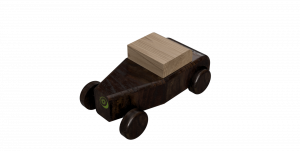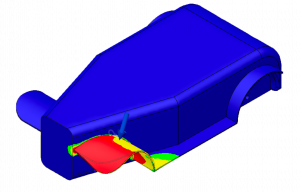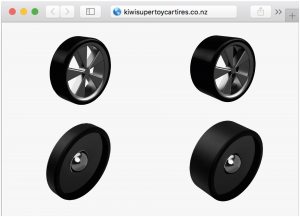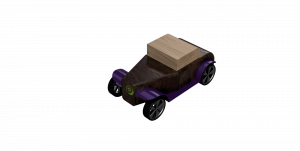In this (extremely simplified) example we will probably encounter situations that you might find very familiar.
- The fictive ‘Kiwi Toy Car Company Ltd.’ wants to introduce a new revision of their first designed car as the demand dwindles.

- Two main changes are planned:
- CHANGE A
The wooden tires shall be replaced and the new tired sourced from the company’s preferred supplier (that already delivers the wheels for all other models) - CHANGE B
Adding a fender to the front– and/or back wheels shall be assessed.
- CHANGE A
- Safety
- As toy cars are mainly used by children, there are strict safety regulations
- A testing expert is involved
If the Quality of Preliminary Design Information concerning the wheel diameter (=fix) and the wheel thickness (depending on decisions) was made explicit, the team members can make more informed decisions about the task selection and effort allocation:
- the fender designer might generate a rough concept design until a final decision is made instead of wasting time on a detailed design that might be discarded
- the testing expert can choose to perform
- a quick pen and paper calculations
- a full FEA analysis

- destructive real-world testing on a prototype that takes time to manufacture and is expensive.
This can assist designers in making decision about task selection and effort allocation and potentially lead to reduced rework and to better designs.


